Minor arpeggios are an important part of every guitarists arsenal. If you could only ever master two arpeggios, you would most likely master major arpeggios and minor arpeggios.
If you’re not sure what arpeggios are and why they are important, read the following post, why are arpeggios important?
The minor arpeggio contains the root note, flat 3rd and 5th:
1 – b3 – 5
Just like any scale or arpeggio, we want to be able to play the minor arpeggio in five movable CAGED positions and then master the individual keys.
As an example, let’s look at the 5 positions along the fretboard for the C minor arpeggio.
We are using the key of C as an example, but these shapes can be moved to produce minor arpeggios in different keys.


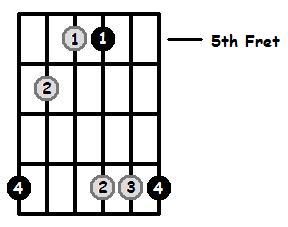
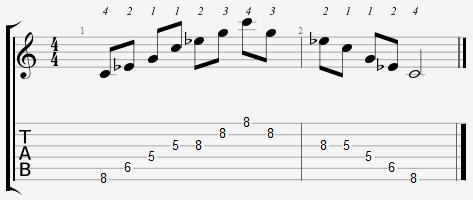
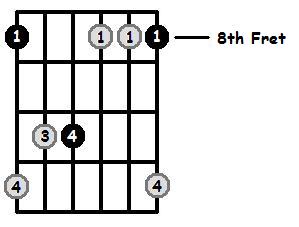
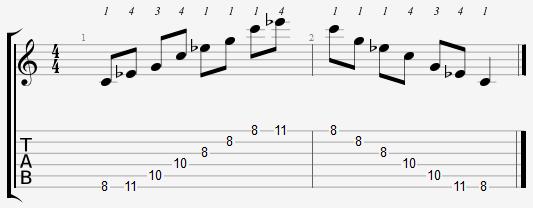
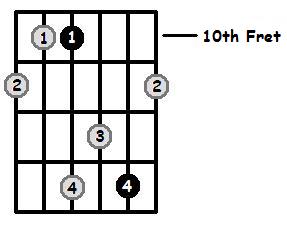
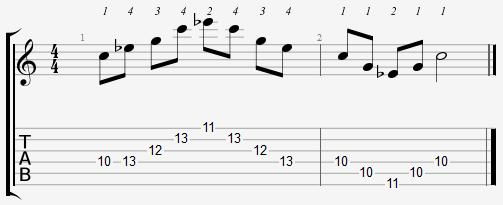

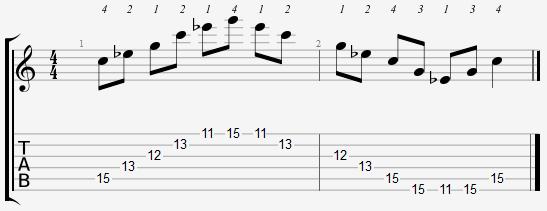
Minor arpeggios are a great tool to use with minor scales, such as the Dorian mode and Aeolian mode.

Your site is so helpful and cool. Thanks for sharing with us.